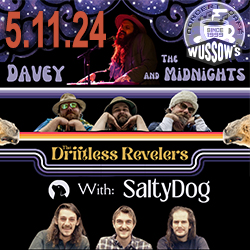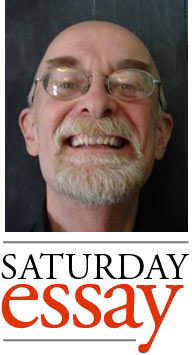Don’t Worry About It
 I played football at UMD for two years.
I played football at UMD for two years.
No I didn’t.
I was on the UMD football team for two years. I had a locker and got equipment that wasn’t as nice as what important players got. I received most of the on-and-off-campus benefits that came with being in the football fold. I made it onto the lower tier of the second-string roster for a few practices by the end of my sophomore season in 1990. I was a legit but inconsequential member of the team. I never really played. I haven’t actually played football since November 1989, when my senior season as a Rochester John Marshall Rocket ended with a loss to the Winona Winhawks.
Some fellow seniors cried on the sideline of Winona’s stadium as our high-school football identities ticked away. I felt bad about not being able to muster that emotion. I couldn’t have said it this way then, but now I know I just didn’t much care. I mean . . . I suppose I would have preferred to win. It’s just that losing didn’t really bother me and I wasn’t bereft about that season ending.
No part of football for me had to do with feeling driven to win or averse to losing. Somewhere in my dudebro teenage brain I already knew that many aspects of football are stupid and creepy and “winning” and “losing” are illusory stories we tell ourselves to create meaning we can understand in an existence we can’t.















 Have you ever wanted to travel back in time? Not to brag or anything, but I have figured out a way to time travel. I can usually manage to go back a few decades, maybe a couple hundred years at most. I can’t stay for long, and I’ve yet to taste or actually touch a cup of tea from 1915, despite a fervent desire. I’m more like a traveler passing through, a tourist in a world different than mine, peering in from the side, presuming to understand what is going on around me.
Have you ever wanted to travel back in time? Not to brag or anything, but I have figured out a way to time travel. I can usually manage to go back a few decades, maybe a couple hundred years at most. I can’t stay for long, and I’ve yet to taste or actually touch a cup of tea from 1915, despite a fervent desire. I’m more like a traveler passing through, a tourist in a world different than mine, peering in from the side, presuming to understand what is going on around me.
